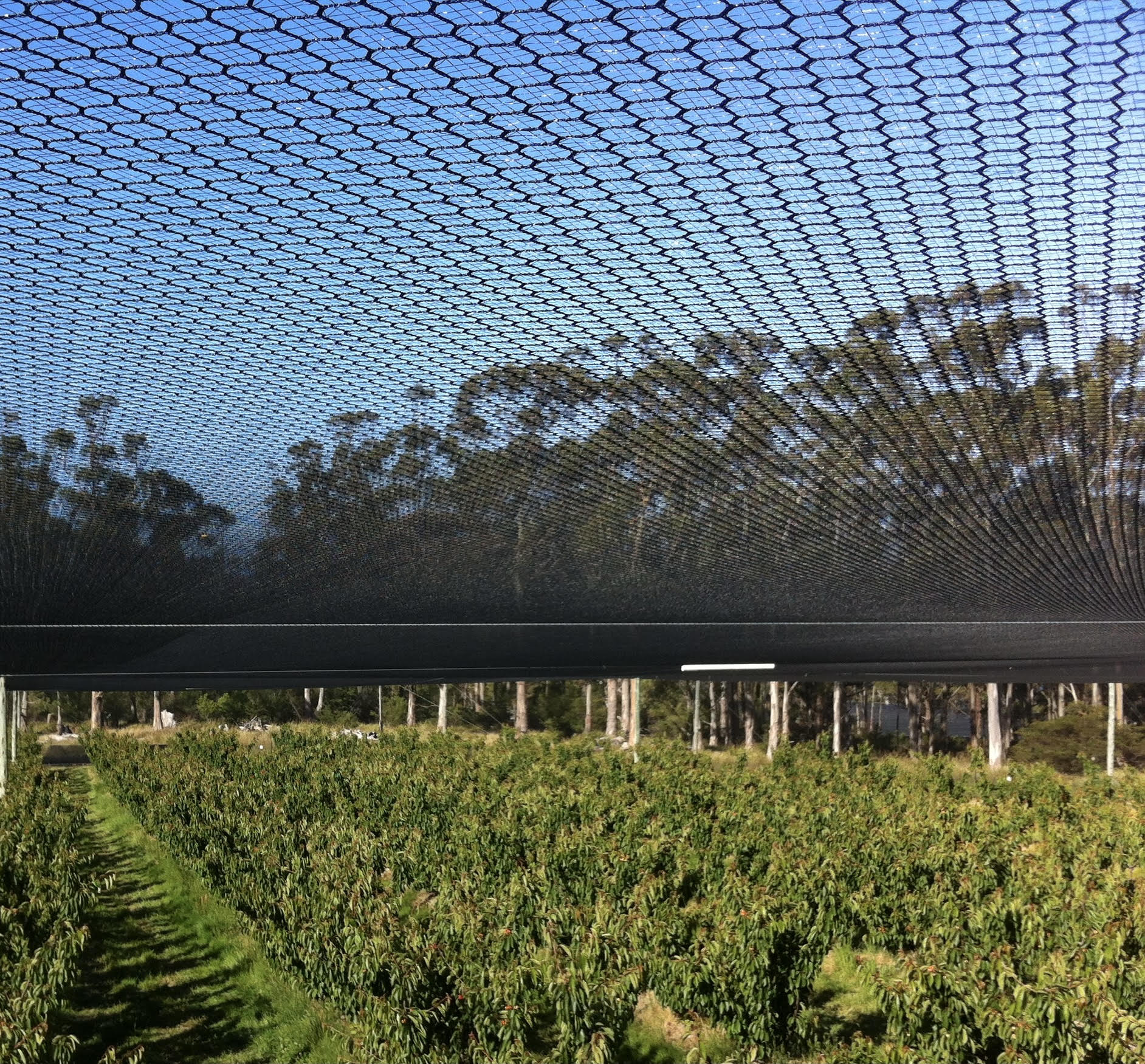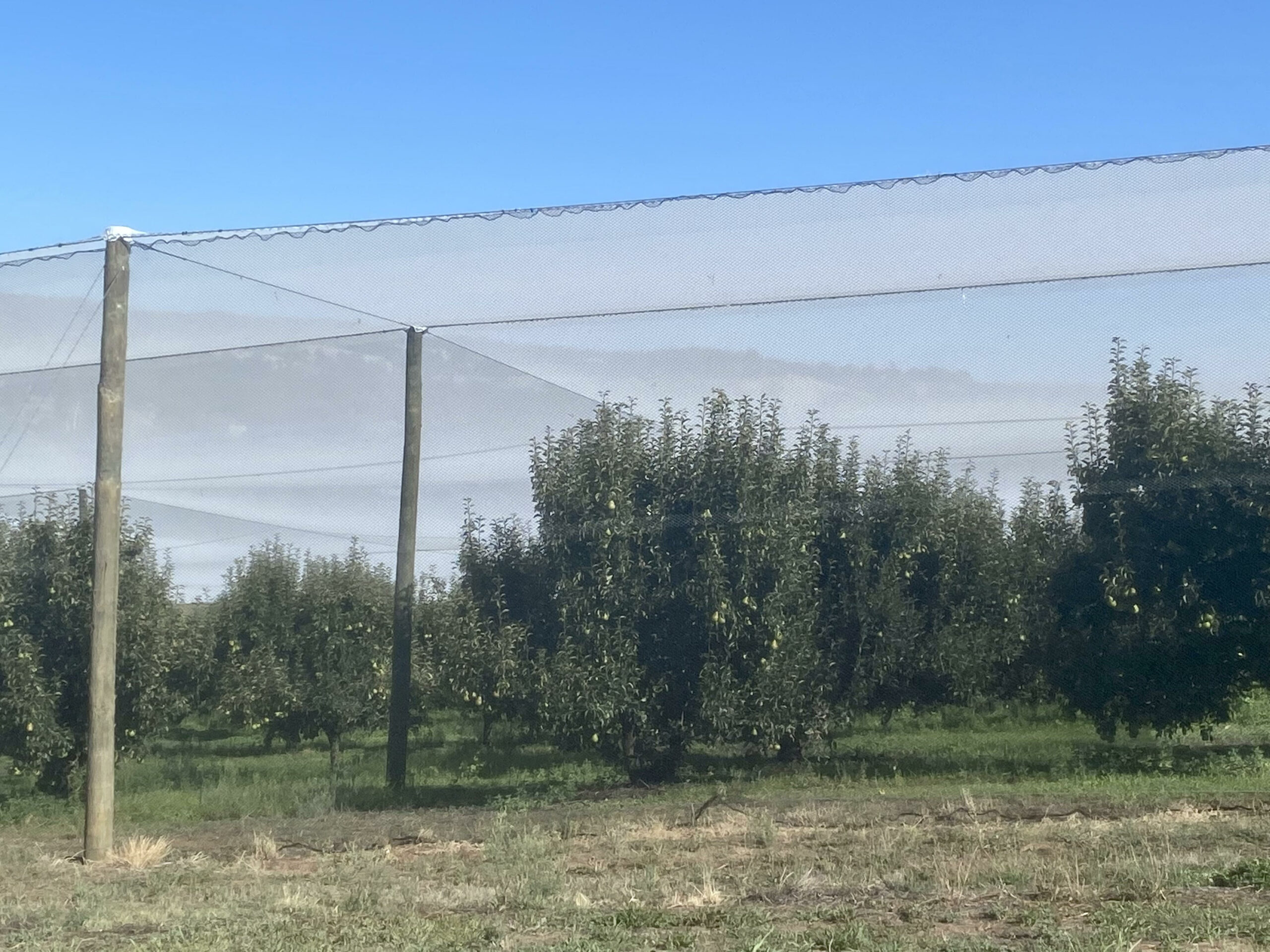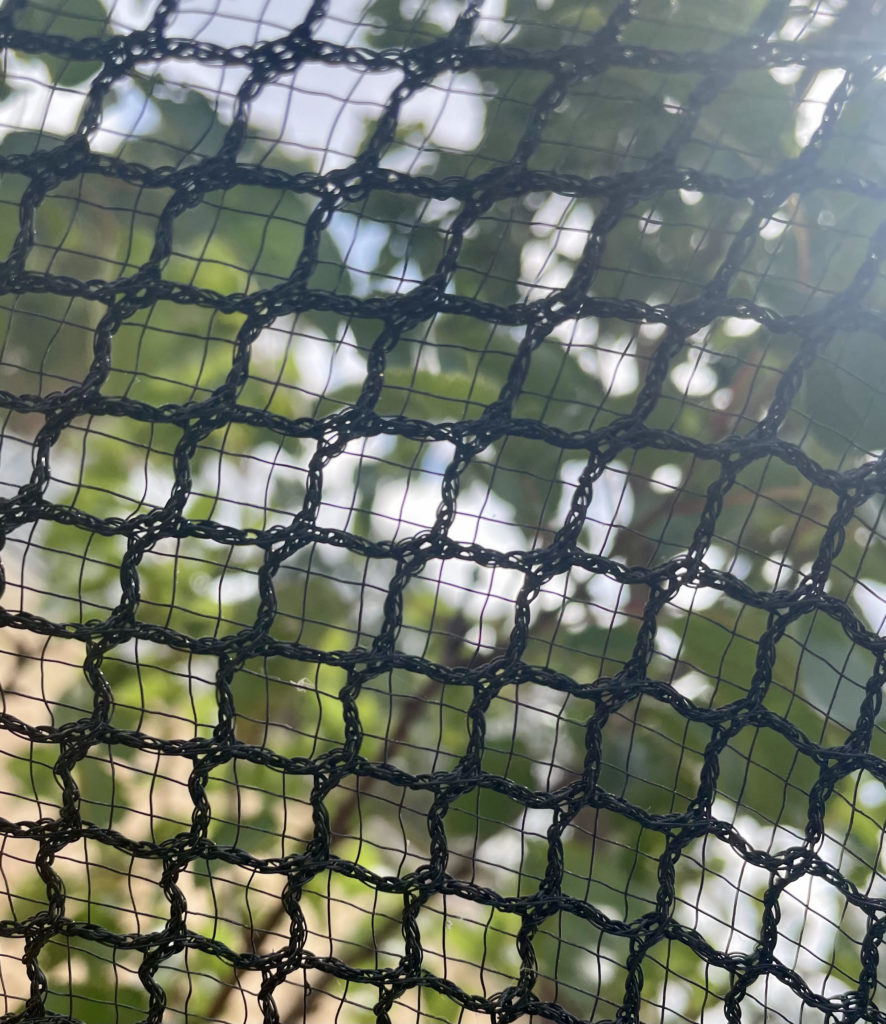
The Importance of Protecting Your Investment Early: Including Netting in the Initial Stages of Planning a New Orchard Block
When it comes to establishing a new orchard block, protecting your investment from potential risks is paramount. Allocating resources for hail netting in the early planning stages proves to be a strategic decision that can save growers substantial costs in the future. This article emphasizes the importance of including hail netting in the initial stages of orchard planning and the long-term benefits it offers to growers.
Protecting Your Investment:
By including hail netting in the early planning phase, growers take proactive measures to safeguard their investment. Hailstorms pose a significant threat to young trees, potentially causing irreparable damage and substantial crop loss. By implementing hail netting, growers protect their trees, ensuring their long-term growth and preserving the value of their investment.
Cost Savings in the Long Run:
Investing in hail netting early on leads to substantial cost savings in the future. While there is an upfront cost associated with installing hail netting, it proves to be a wise investment. By preventing hail damage, growers avoid costly repairs, tree replacement, and post-hail recovery efforts. The initial investment in hail netting pales in comparison to the potential losses that can be incurred without it.
Minimizing Financial Risks:
Including hail netting in the initial planning stages helps growers minimize financial risks. Hailstorms can have devastating effects on orchard productivity and profitability. By investing early in protective measures like hail netting, growers mitigate the risk of crop damage, ensuring a more stable income stream and reducing the uncertainty associated with unpredictable weather events.
Preserving Orchard Productivity:
Hail netting not only protects against hail damage but also provides a barrier against pests, birds, and other animals. By excluding these potential threats, growers can maintain a healthier orchard environment and preserve productivity. Reduced pest damage translates to higher-quality fruits and higher market value, contributing to long-term profitability.
Conclusion:
The importance of protecting your investment early in the planning stages of a new orchard block cannot be overstated. Including hail netting as part of the initial budget ensures proactive protection against hail damage and potential losses. By investing early, growers save on future costs, minimize financial risks, and preserve orchard productivity. Prioritizing the inclusion of hail netting demonstrates foresight and a commitment to securing a prosperous future for the orchard. Protecting your investment early through the installation of hail netting is a wise decision that benefits growers in the long run.


By Environet Canopies.
Hail netting is an important tool for protecting fruit trees from hail damage. However, it is equally important to ensure that enough light penetrates through the netting to promote healthy growth and maximum yield. The amount of light that passes through the hail netting is influenced by several factors such as the net’s colour, thickness, pattern, and the angle and direction of sunlight.
In addition to these factors, the distance between the hail netting and the fruit trees also plays a crucial role in determining the amount of light that passes through. Placing the hail netting directly on top or too close to the fruit trees can result in a significant reduction of light, which can negatively impact growth and yield. This can be especially problematic in areas with limited sunlight.
Therefore, it is essential to carefully consider the spacing between the hail netting and the fruit trees when installing hail netting. The optimal distance between the hail netting and the fruit trees will depend on the specific type of fruit tree, the growing conditions, and the hail protection requirements.
For example, fruit trees such as apples, pears, and peaches require more light than vegetables, and therefore, the hail netting should be installed at a distance away from the trees. This will allow enough light to penetrate through the netting, promoting healthy growth and maximum yield.
In contrast, crops such as leafy vegetables and other low light tolerant crops may be suitable for hail netting installed at a closer distance.
In summary, while hail netting provides an essential layer of protection against hail damage on fruit trees, it is critical to consider the spacing between the hail netting and the fruit trees to ensure adequate light penetration for optimal growth and yield. Consulting with a crop specialist or an experienced hail netting provider can help ensure that the hail netting is properly installed at the optimal distance to meet the specific needs of the fruit trees and growing conditions.



As a grower in Australia, you know all too well the devastating impact that hailstorms can have on your crops. Every year, hailstorms cause millions of dollars in damage to crops across the country, resulting in lower yields, lost income, and even complete crop failure. In fact, hail is responsible for an estimated $30 million in damage to crops annually in Australia. The most hail-prone areas in the country are southeast Queensland, northeast New South Wales, and Northern and Eastern Victoria, where hailstorms are common during the summer months.
In recent years, hailstorms have become increasingly common and severe due to climate change, making it more crucial than ever for growers to protect their crops from hail damage. Even crops that appear to have survived a hailstorm can experience delayed ripening, reduced quality, and decreased market value due to physical damage and bruising caused by hailstones. Hail damage to crops can result in yield losses of up to 100% in some cases, particularly for crops like stone fruit, berries, and grapes.
Fortunately, there is a solution that can help growers mitigate the impact of hailstorms and protect their crops: hail nets. In this article, we’ll explore how hail nets work, the benefits they offer, and how they can help growers ensure their crops stay healthy and productive, even in the face of extreme weather conditions. By the end of this article, you’ll understand why hail nets are an essential investment for any grower who wants to safeguard their crops and livelihood against the destructive force of hail.
Features of the Product
Hail nets are designed to protect crops from the damaging impact of hailstorms. Here are some of the key features of hail nets and how they work:
1. Material: Hail nets are typically made from a high-density polyethylene (HDPE) material, which is a lightweight, durable, and UV-stabilized material that can withstand extreme weather conditions.
2. Mesh Size: The mesh size of hail nets can vary depending on the crop being grown and the size of the hailstones in the area. Generally, smaller mesh sizes are used in areas with smaller hailstones to provide greater protection for the crops.
3. Installation: Hail nets are installed using support structures such as posts, cables, or wires. The nets are usually stretched tightly over the crops to ensure maximum protection.
4. Ventilation: Hail nets are designed to allow for proper ventilation and light transmission, which helps to maintain a healthy growing environment for the crops.
One unique feature of hail nets is that they can be customized to fit the specific needs of the grower and their crops. For example, the mesh size can be adjusted to provide greater protection for more vulnerable crops or to account for larger hailstones in the area. The support structures can also be tailored to fit the layout of the grower’s fields or orchards.
The benefits of these features are clear. By using hail nets, growers can protect their crops from hail damage and ensure a more consistent and reliable yield. For example, a vineyard owner who installs hail nets can protect their grape vines from hailstones and avoid losing an entire season’s crop due to hail damage. Similarly, an orchard grower who uses hail nets can protect their fruit trees from hail damage and ensure a more consistent supply of high-quality fruit for their customers. Overall, the key features of hail nets make them a valuable investment for any grower looking to protect their crops and increase their profitability.

Hail Net Benefits
Hail nets offer a range of benefits for growers, both in general and in specific scenarios. Here are some of the key benefits of using hail nets:
In addition to these general benefits, hail nets can also provide specific benefits for different types of crops and growing scenarios. For example, vineyard owners can use hail nets to protect their grape vines from hail damage, which can help to ensure a more consistent and reliable supply of grapes for winemaking. Similarly, orchard growers can use hail nets to protect their fruit trees from hail damage, which can lead to higher quality fruit and increased profitability.
While hail nets offer many benefits, there are some potential drawbacks and limitations to consider. For example, hail nets can be expensive to install, and they may not be suitable for all types of crops or growing scenarios. However, for many growers, the benefits of using hail nets far outweigh the costs and limitations.
Overall, hail nets are a valuable investment for any grower looking to protect their crops from hail damage and increase their profitability. By providing protection against hail damage, improving crop quality and yield, and reducing pest infestations, hail nets offer a range of benefits that can help growers succeed in even the most challenging growing environments.